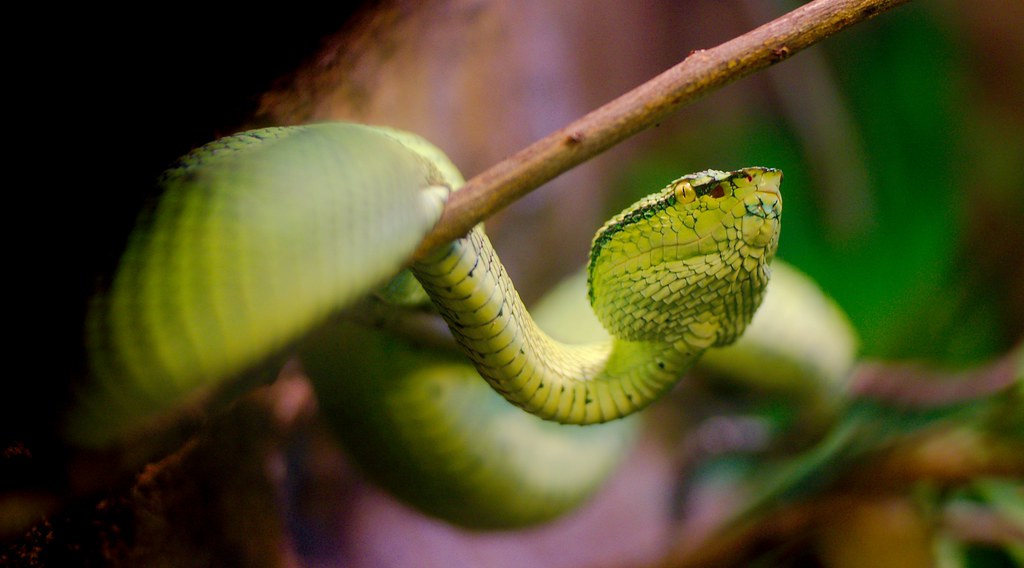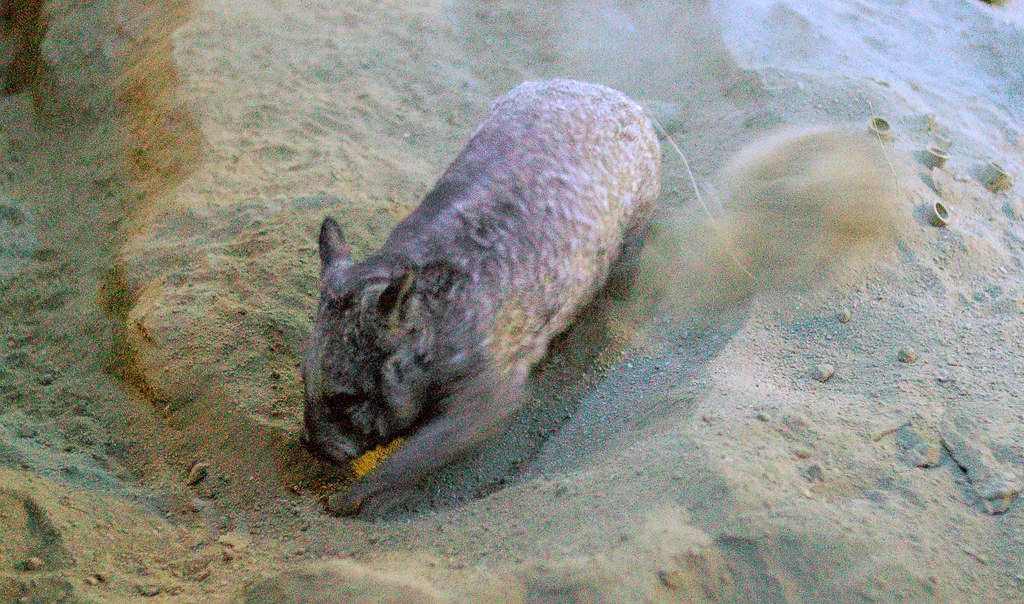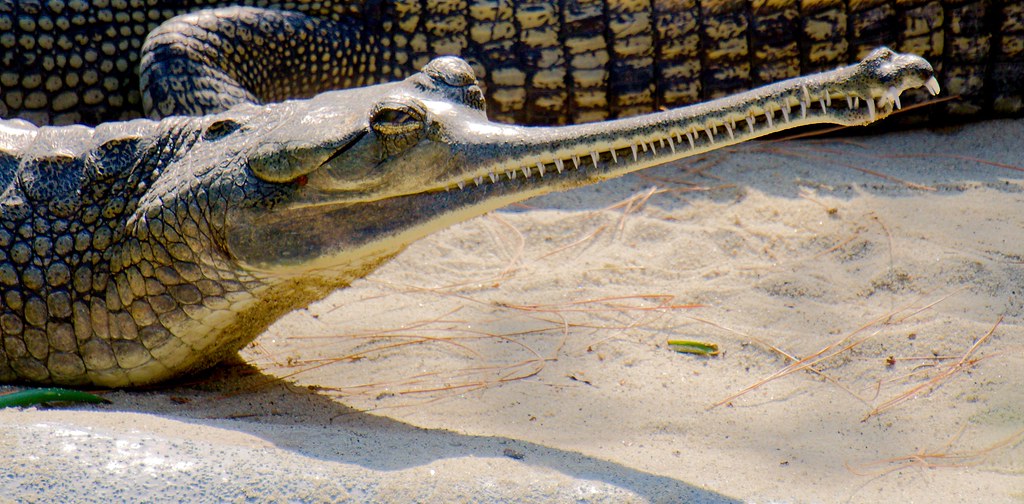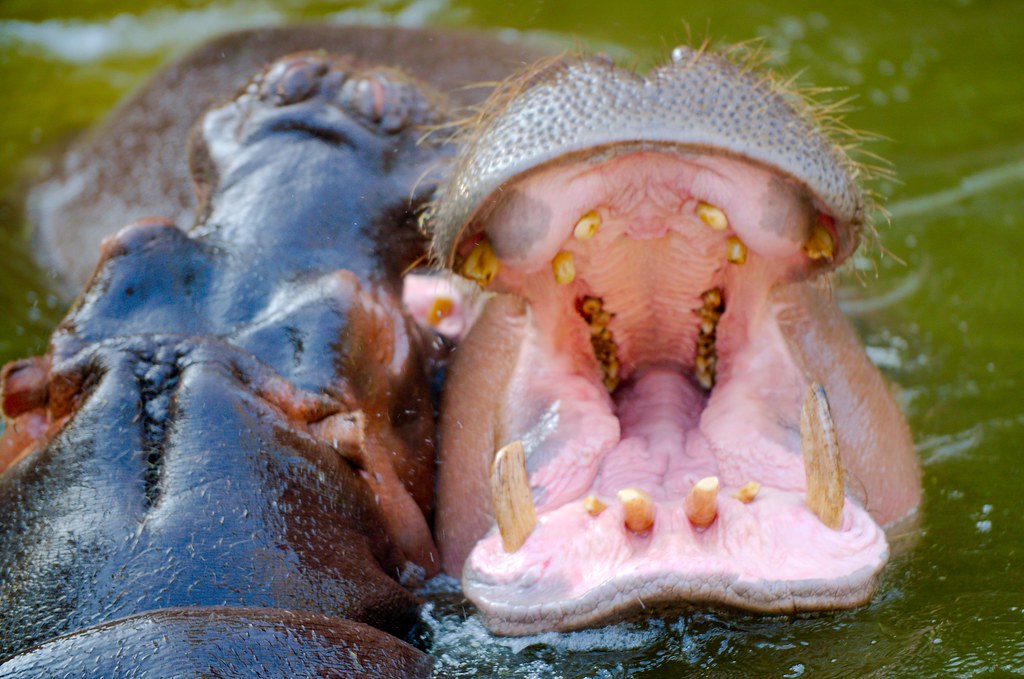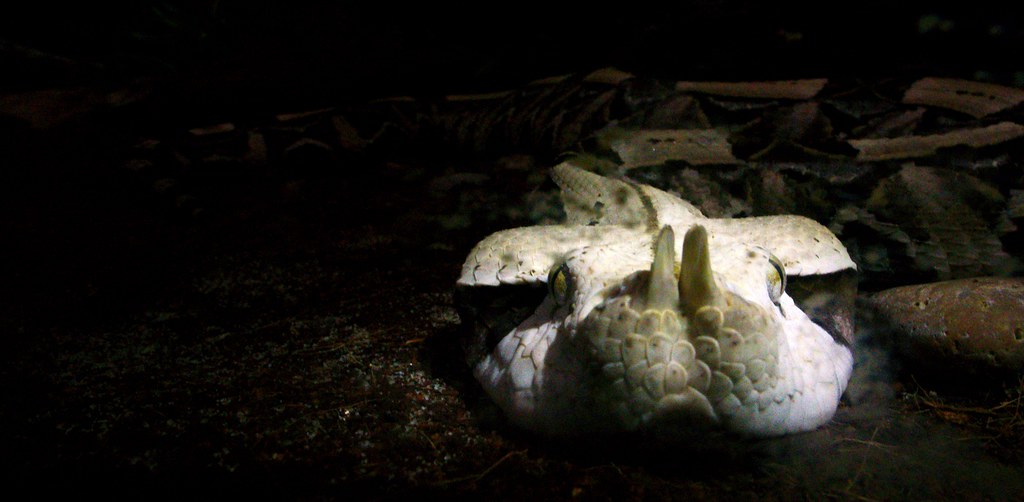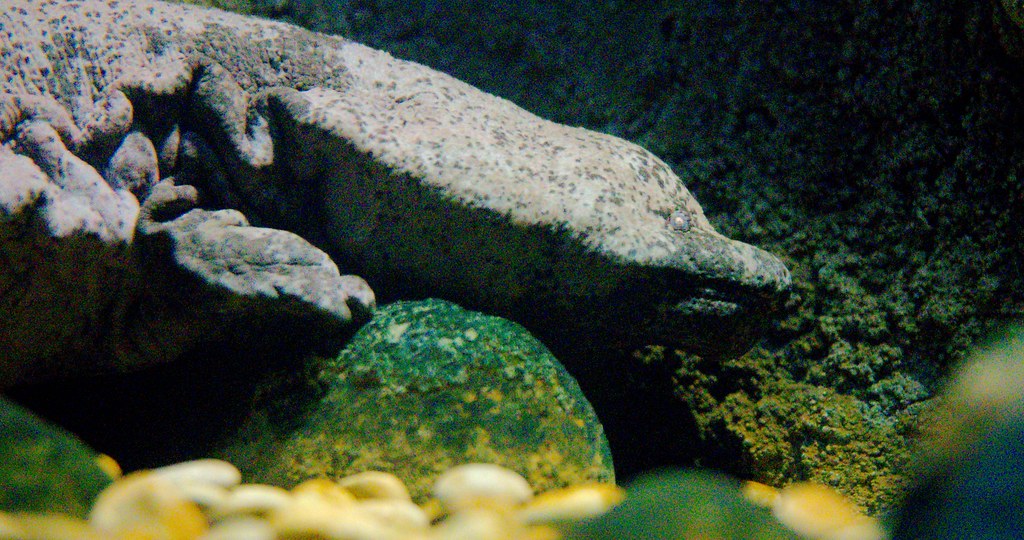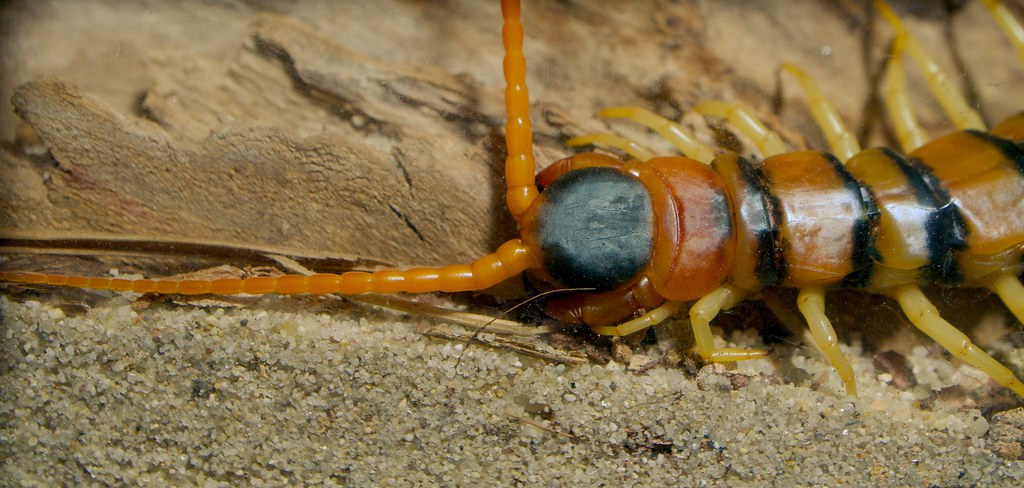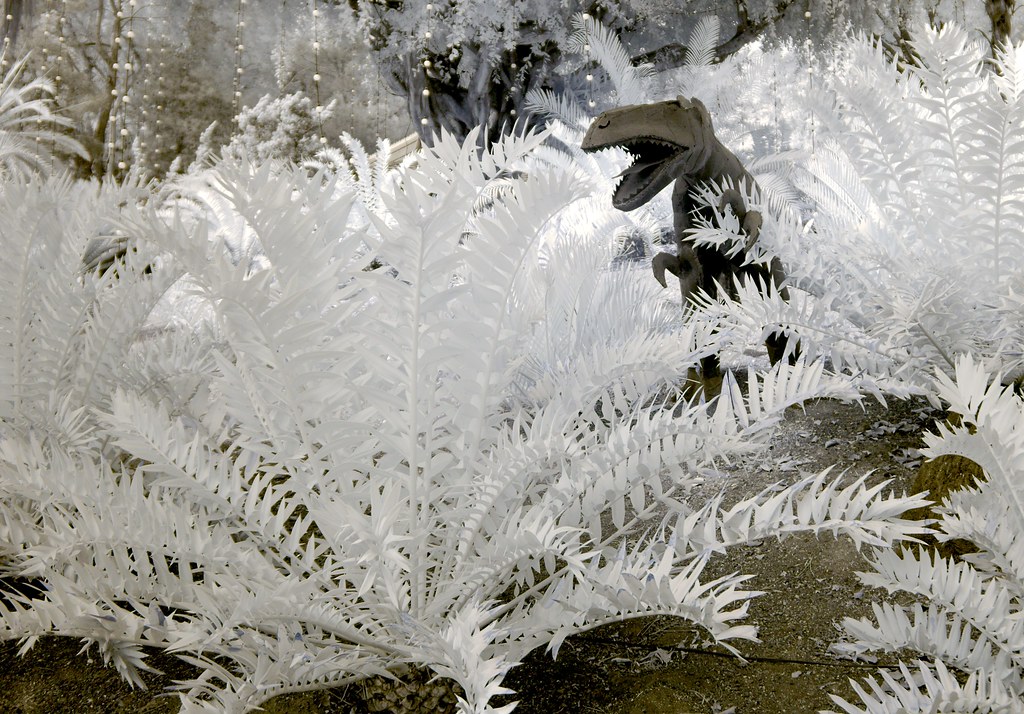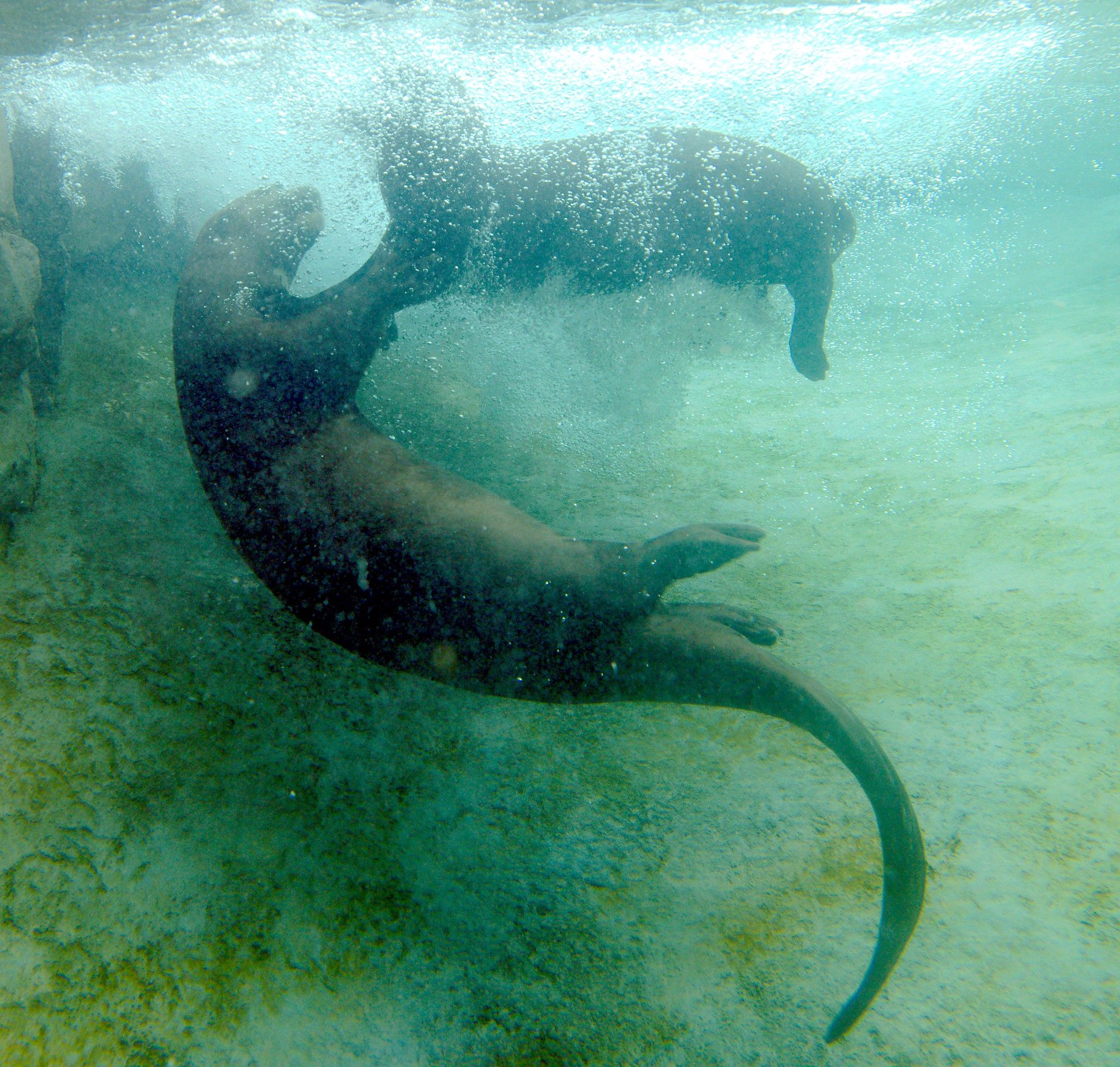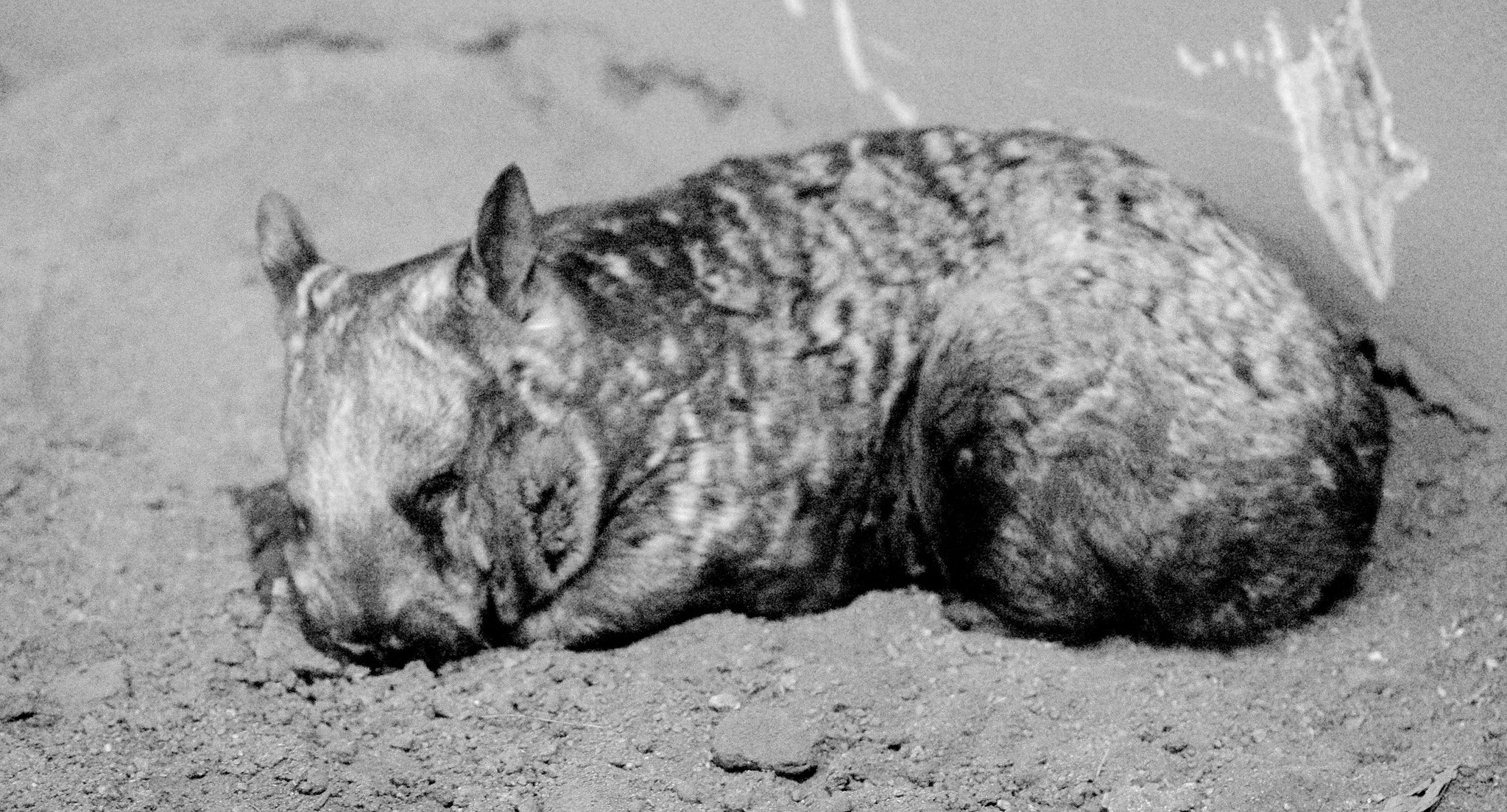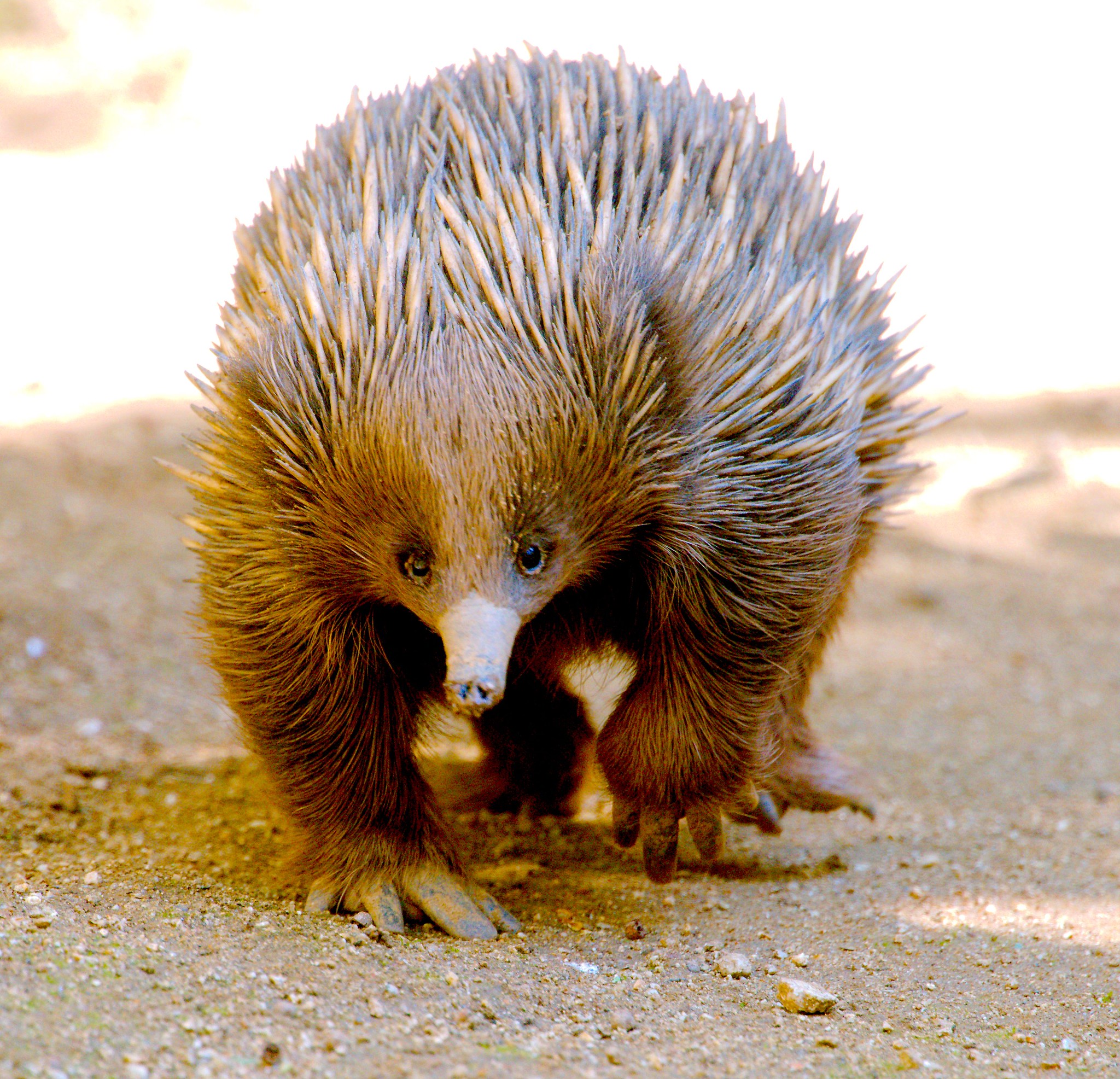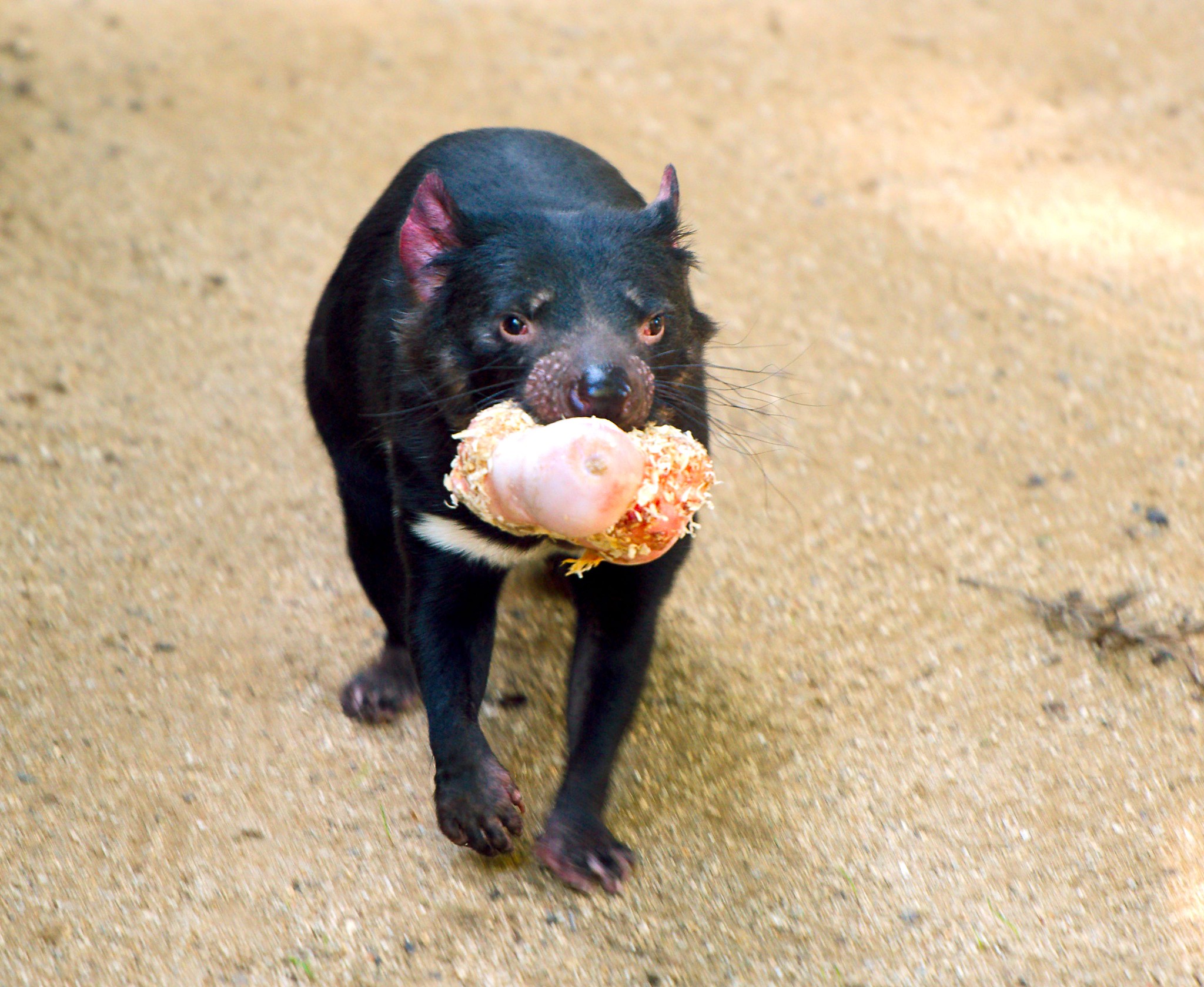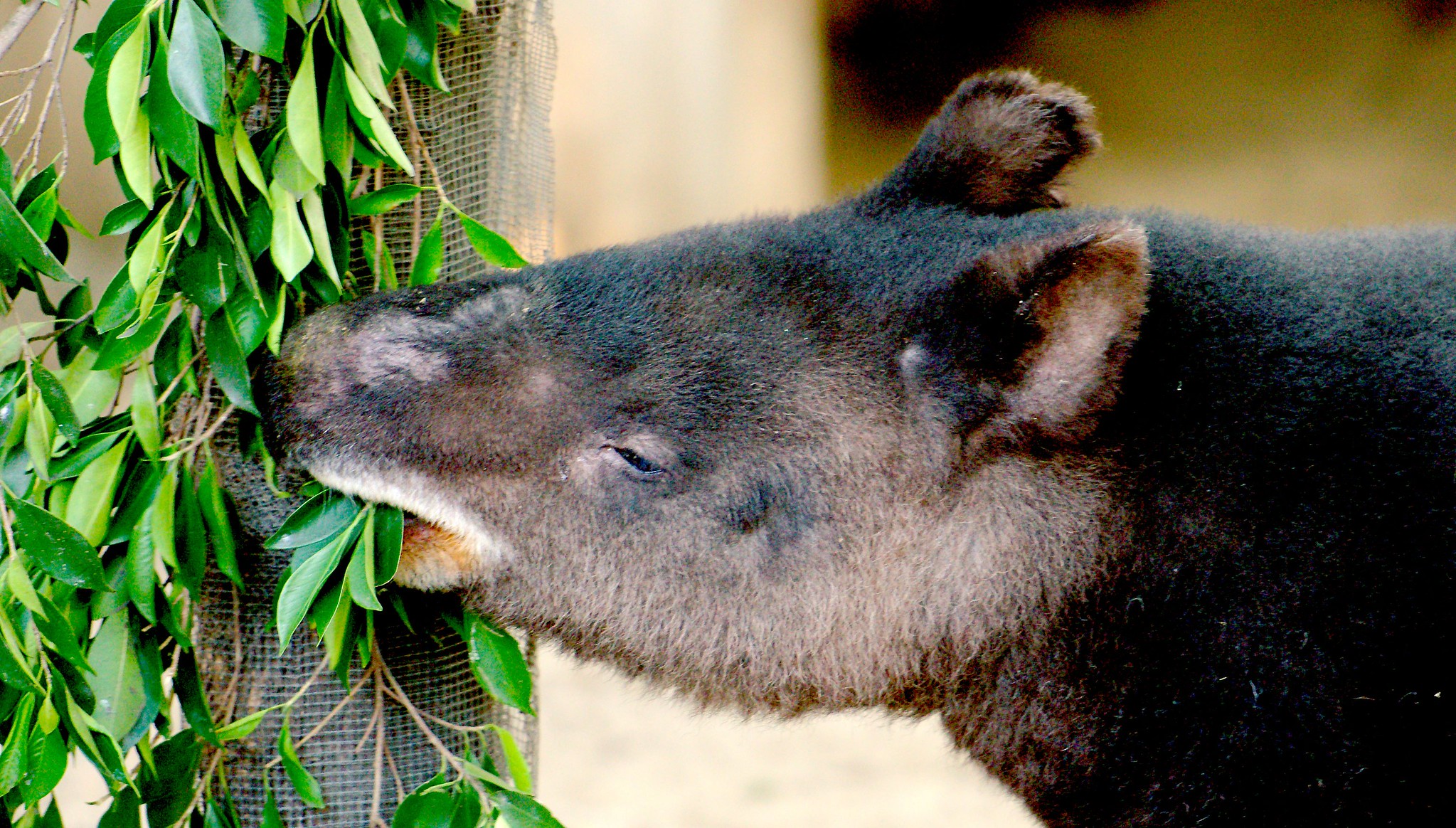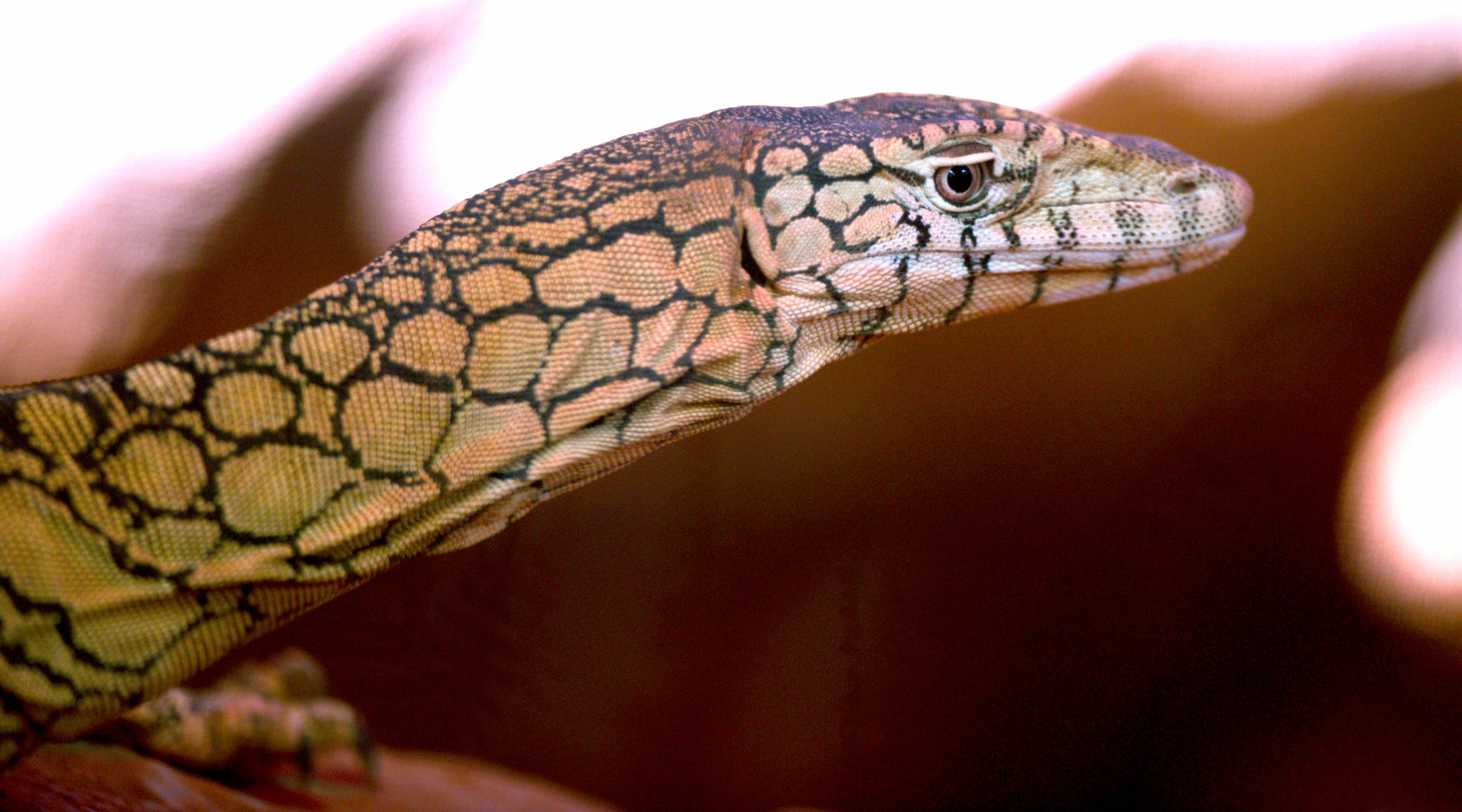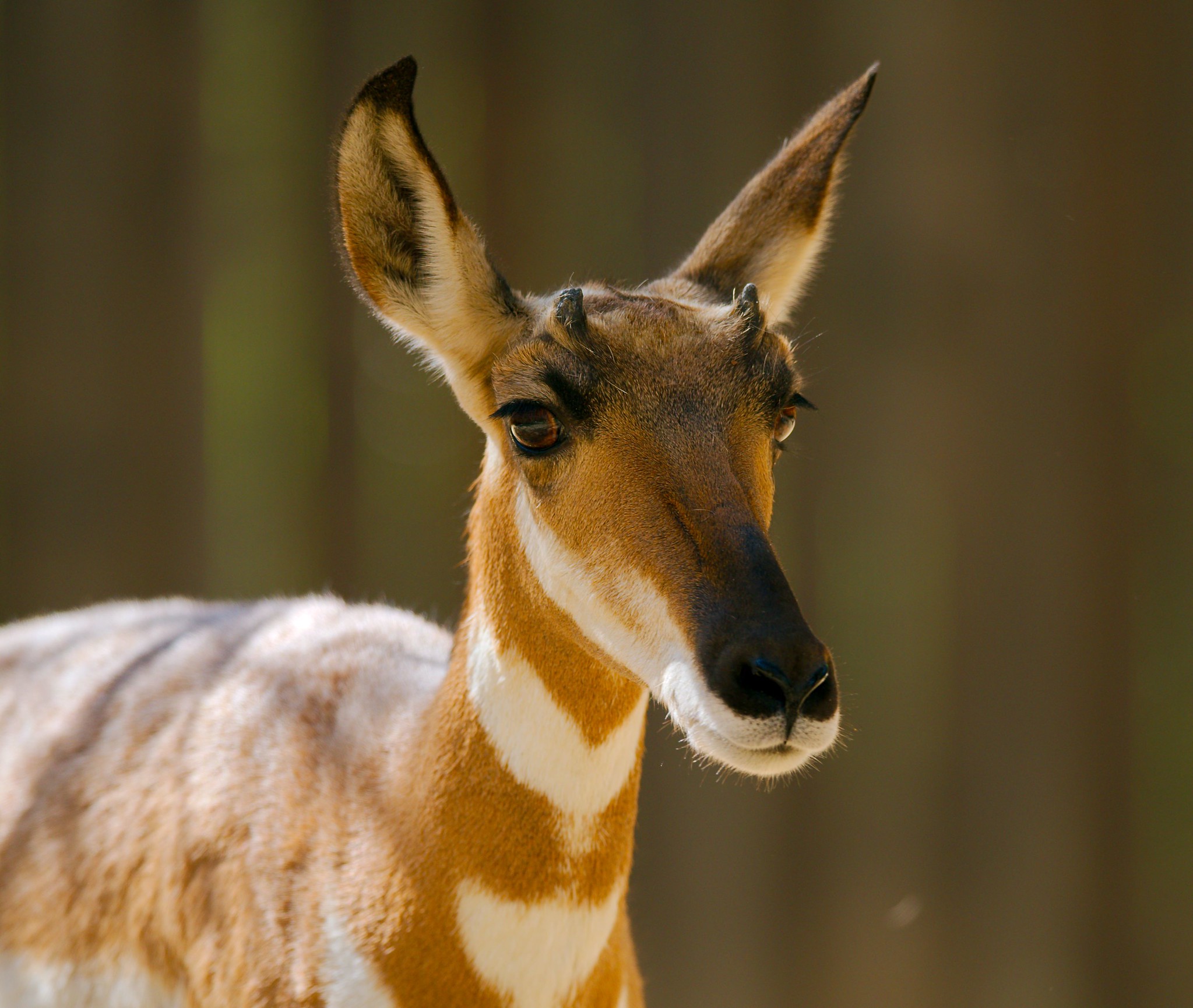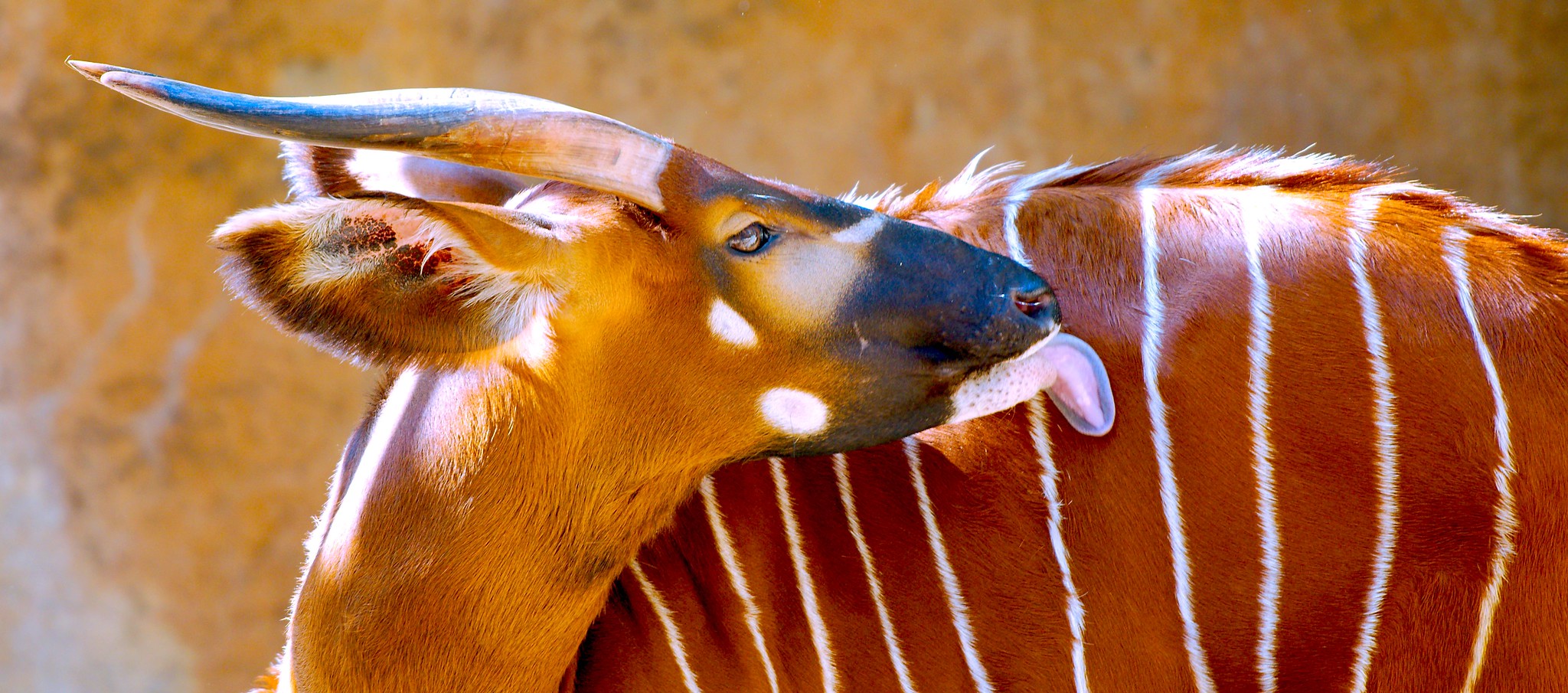For some reason, Hasbro’s spinoff “Cannibalistic Cannibalistic Hippos” never caught on.
Tag Archives: LA Zoo – Los Angeles
Temple Viper
Wombat
Gharial
Hippos
Flamingo
Sometimes I caption when I am tired. Sometimes I even get too tired to caption.
This caption by predictive text: “This flamingo and I will be there by 5 20 or so and then I will be able to find a way to get a hold of the guy who was the guy who was the guy who was the guy who was the guy who was the guy …”
I’m not really worried about A.I. causing us serious harm anytime soon.
Gabino Vipe
Chinese Giant Salamander
Of course, when I’m there with a half-working system, that’s the time the Chinese giant salamander decides to pose. Good thing the Sony system does well in low light.
For those that track such things, this is a 100% crop at ISO 3200, hand-held at 1/60th of a second.
The salamander was about 15 feet* away. It would have looked a lot better on my Nikon.
* 4.5ish meters for those who use a decent** measurement system
** About 18.3 cham ams, for those who don’t
Sonoran Centipede
I shoot with two major types of cameras – Nikon and Sony. The advantage of the Nikon line is that it is, frankly, the best available for nature photography. The autofocus system is the fastest anywhere and, while their lenses are rather pricey, there is a noticeable improvement for the cost. The Sony line, on the other hand, has the best low light capability (more or less, this is debatable) and is *much* smaller. So, the Nikon is the system I take for the serious shoots and the Sony system is what I use as a backup, when I am doing non-serious photography, or when I am just tired of carrying all the weight of the Nikon stuff.
Last summer, I was surprised to learn that the flash system I use (PocketWizard) was constructed such that I could use the Nikon units on the Sony system. This is amazing because off camera flash is how I get the good looking macro shots. I ran some tests at home and it worked, so I took the Sony system to the zoo along with my PocketWizards and Nikon flashes. Then I went to use it.
Well … “works” is apparently a loaded word.
The flash did fire. That’s true. There was no way to adjust the flash power except manually on the flash. That’s okay though. However, even in the few shots that did work out okay, the top 1/3 of the photo was black. This is weird because if it were a flash sync issue, I’d expect it to be the bottom, but I suppose the electronic shutter is, somehow, faster than the radio trigger to the flash unit.
Anyway, I only got one good macro shot with the flash. This is it – cropped from the partial photo.
African Fish Eagle
Infrared Rawr
Meerkat performing Hero and Leander
Giant River Otter
Wombat
The wombat enclosure at the LA Zoo is kept so dark that it is almost impossible to see anything. For those who follow such things, this show was a 1/6 of a second exposure at f/3.3 and ISO 12,800. I am optimistic that my newer experiments with low light photography will allow me to do better the next time I visit.
Short Nosed Echidna
The echidna is a monotreme like the platypus. They can be found in some zoos but, with them being very nocturnal, it can be very hard to get good photos of them. I lucked out that on this one day, there were two of them just wandering around as if they didn’t know it was daytime.
Now I just need to photograph three more species of echidna and a platypus and I’ll have collected the whole set.
Tasmanian Devil
Tapir
Perente
Peninsular Pronghorn
The pronghorn is doing fine. This is, however, a sub-species of pronghorn that lives on the Baja California peninsula in Mexico.
It looks almost entirely like the regular pronghorn, from which it has been isolated long enough to start to form its own species. However, this particular breed of pronghorn is down to 150 individuals in the wild. Several zoos are working to species.
But what happens if they fail? If we lose this species, and the Baja area no longer has these “ghosts of the desert”? Will we let them fade into myth, a fading memory that only pops up here and then when someone gets a glimpse of white and tan in the far distance? Will this become their Loch Ness monster, their Bigfoot?
Or will we take some of our existing pronghorn from elsewhere in North America and just plop a herd back in that area? If we did that, would it be the same? For many, yes. Could the transplanted animals thrive? Quite possibly. Would there be any practical difference between letting the current pronghorns die out and just replace them once the land has been repaired? Most would say no.
150 would say yes.

